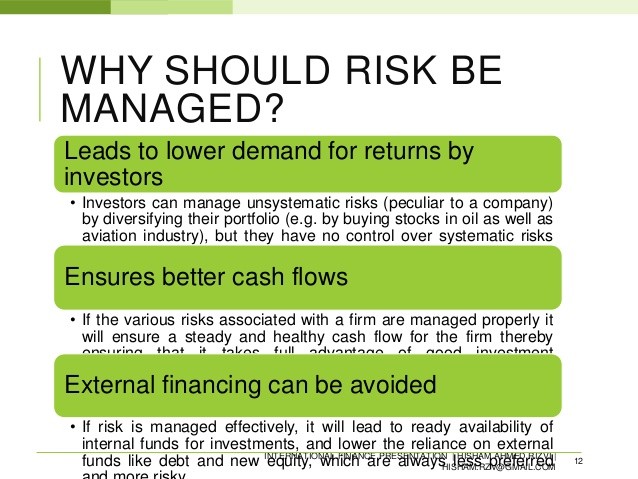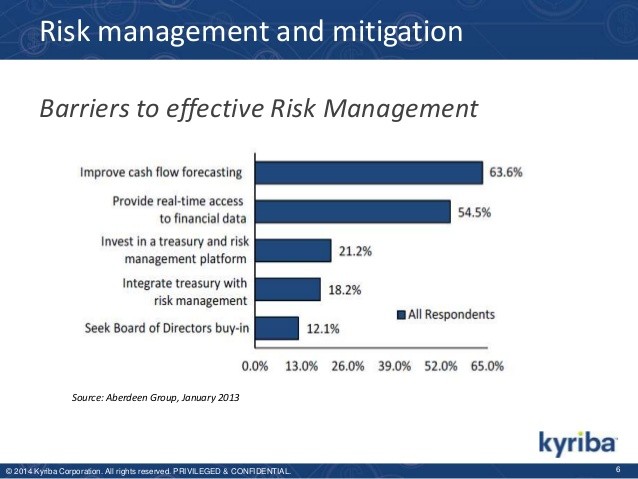What is Currency Risk and How to Manage It
Post on: 20 Май, 2015 No Comment

Currency Risk and How to Manage It
You can opt-out at any time.
Please refer to our privacy policy for contact information.
Currency risk is a form of risk that originates from changes in the relative valuation of currencies. These changes can result in unpredictable gains and losses when the profits or dividends from an investment are converted from the foreign currency into U.S. dollars. Investors can reduce currency risk by using hedges and other techniques designed to offset any currency-related gains or losses.
For example, suppose that a U.S.-based investor purchases a German stock for 100 euros. While holding this bond. the euro exchange rate falls from 1.5 to 1.3 euros per U.S. dollar. When the investor sells the bonds, he or she will realize a 13% loss upon conversion of the profits from euros to U.S. dollars. However, if that investor hedged his or her position by simultaneously short-selling the euro. then the profit from the euro’s decline would offset the 13% loss upon conversion.
How to Manage Currency Risk
International investors have several options when it comes to managing currency risk, including things like currency futures. forwards and options. But these instruments are often expensive and complicated to use for individual investors. One simple, flexible and liquid alternative to hedge against currency risk are currency-focused exchange-traded funds (ETFs).
There are several large financial institutions that offer currency-focused ETFs. The two most popular providers are CurrencyShares and WisdomTree. which both offer a wide variety of ETFs covering a number of different currencies around the world. These currencies include popular international investment destinations ranging from Canada to emerging markets like China and Brazil.
Determining if a Hedge is Necessary
Creating a hedge against currency risk can be very expensive. By definition, investors need to offset every foreign currency unit with a U.S. dollar in order to be fully hedged. Some of these costs can be lowered by using stock options in lieu of equity, but the cost may still be prohibitive for individual investors with small investments. As a result, investors should first see if a hedge is even necessary.
Here are a few common questions to ask before hedging:
- Does the cost of the hedge represent a disproportionate amount of the total investment? In other words, does the cost outweigh the currency’s downside risk?
- How long are you holding the foreign security? Over the short-term, currencies tend to fluctuate relatively little, which means the cost of the hedge may not be worth the marginal benefit.
- Do you think there’s a significant risk of the currency declining? During stable economic times, currencies tend to trade with relatively low volatility, making hedges somewhat unnecessary.

Creating a Hedge against Currency Risk
If a hedge seems reasonable, the next step is finding the appropriate ETF to use. A complete list of currency ETFs can be found on CurrencyShares and/or WisdomTree websites. Meanwhile, several other ETF provides may offer more specialized products that may or may not be suitable, depending on the investor’s situation.
Here are some common currency ETFs:
- CurrencyShares Canadian Dollar Trust (NYSE: FXC )
- CurrencyShares Australian Dollar Trust (NYSE: FXA )
- WisdomTree Dreyfus Chinese Yuan Fund (NYSE: CYB )
- WisdomTree Dreyfus Brazilian Real Fund (NYSE: BZF )
Here are the steps to hedge against currency risk with an ETF:
- Identify the ETF. Begin by searching CurrencyShares, WisdomTree and other ETF providers for a currency ETF that corresponds to the foreign investment. If several are available, investors should seek out ETFs with the lowest expenses and fees.
- Determine the Direction. Hedges always take the opposite direction as the foreign investment. So, if an investor is long a Canadian stock. they should be short a Canadian dollar ETF. On the flip side, if an investor is short a Chinese stock, they should be long a Chinese Yuan ETF.
- Calculate the Amount. Investors can partially or completely hedge their foreign investment against currency risk. To completely hedge, investors should purchase the same dollar amount in the currency ETF. Or, they could purchase options with rights to the same dollar amount.
- Manage the Trade. Once the trade is made, investors should monitor the situation closely for the duration of the trade. If a currency becomes more stable, it may be prudent to sell part of the hedge, while a destabilizing situation may warrant more protection.
Things to Remember about Currency Risk
- Currency risk is a form of risk that originates from changes in the relative valuation of currencies.
- The easiest way for individual investors can hedge against currency risk is through the use of currency-focused ETFs.














